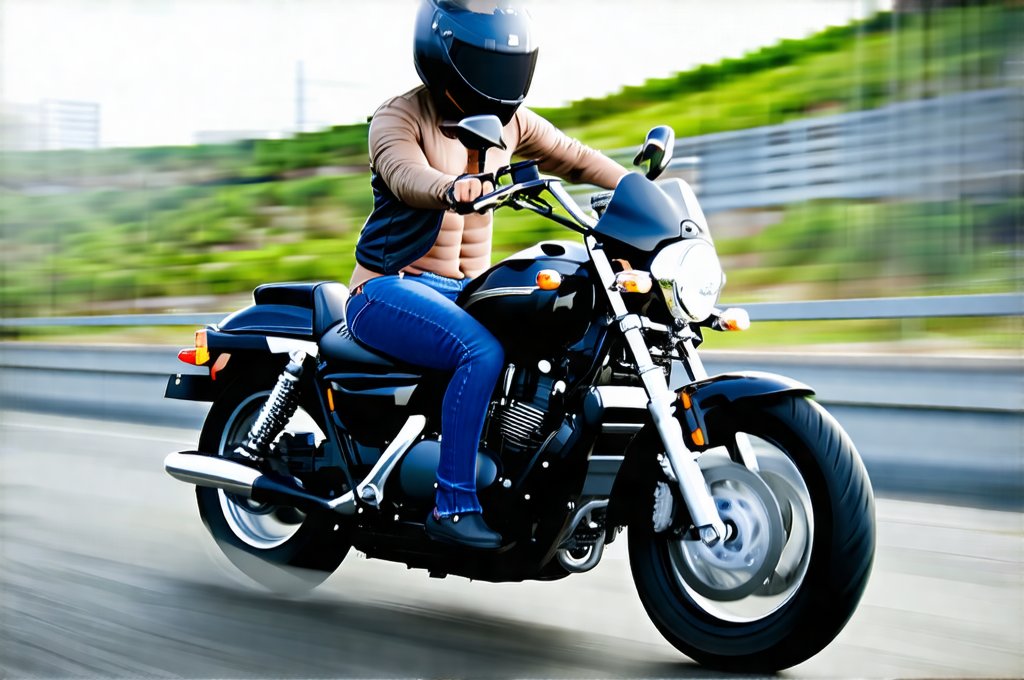Riding a motorcycle is often associated with freedom, adventure, and an exhilarating sense of control. However, for individuals experiencing chronic pain, particularly pelvic pain, the simple act of enjoying this hobby can become fraught with anxiety and discomfort. The question “Is it safe to ride a motorcycle with pelvic pain?” isn’t easily answered; it’s a complex interplay between the nature of the pain, its underlying cause, the type of riding, and individual physical tolerances. Many factors must be considered before even thinking about getting back on two wheels. Ignoring these considerations could lead to exacerbated pain, injury, or even an accident.
Pelvic pain can stem from a vast array of sources – musculoskeletal issues, nerve impingement, internal organ problems, or even psychological factors. Because the pelvis supports so much weight and is integral to movement and balance, any disruption in this area significantly impacts physical function. Motorcycle riding demands precise balance, core strength, and the ability to absorb vibrations, all of which can be challenging when dealing with chronic pelvic pain. This article aims to explore these challenges, offering insights into assessing risk, potential modifications for riders living with pelvic pain, and emphasizing the importance of professional medical guidance before attempting to ride.
Understanding Pelvic Pain & Motorcycle Riding Demands
Motorcycle riding, at its core, is a physically demanding activity. It’s not merely about twisting the throttle; it requires sustained posture, active muscle engagement, and constant adjustments to maintain balance and control. Prolonged sitting, even in seemingly comfortable positions, can be detrimental for those with pelvic pain. The vibrations inherent in motorcycle operation further compound this issue, transmitting forces throughout the body and potentially aggravating sensitive tissues within the pelvis. Different styles of riding – touring, sport biking, off-road – each place unique stresses on the rider’s body. Touring often involves long stretches of uninterrupted sitting, while sport biking requires more aggressive leaning and core engagement. Off-road riding introduces jarring impacts and demands even greater physical exertion.
The type of pelvic pain is crucial to consider. Is it sharp, stabbing pain? A dull ache? Does it radiate down the legs? Is it constant or intermittent? These characteristics can indicate different underlying causes and influence how riding will affect the condition. For instance, sacroiliac might be acutely aggravated by vibrations and postural strain, while pelvic floor muscle dysfunction could be exacerbated by prolonged sitting. Furthermore, pain medication, if taken, may impact reaction time and alertness – essential components of safe motorcycle operation. It’s vital to understand that riding with any level of discomfort introduces risks and must be carefully evaluated.
Assessing Your Personal Risk & Modifications
Before even considering a test ride, a thorough assessment with a healthcare professional is paramount. This isn’t just about getting clearance; it’s about understanding the specific limitations imposed by your pelvic pain and developing strategies to mitigate risk. A physical therapist specializing in pelvic health can evaluate your range of motion, muscle strength, and identify any biomechanical imbalances contributing to your pain. They can also provide tailored exercises to strengthen supporting muscles and improve posture. Beyond physical assessment, it’s important to honestly evaluate your overall fitness level and riding experience. Are you physically prepared for the demands of motorcycle operation? Have you recently ridden, or is this a return after a period of inactivity?
If cleared by a medical professional, modifications can be made to enhance comfort and reduce stress on the pelvis. This might include:
– Installing a more supportive seat with gel padding or air suspension.
– Adjusting the handlebars to promote a more upright riding position, reducing strain on the lower back and pelvis.
– Using lumbar support cushions to maintain proper spinal alignment.
– Incorporating frequent breaks during longer rides to stretch and move around.
– Considering a motorcycle with built-in vibration dampening technology.
– Utilizing gear that provides adequate protection and allows for comfortable movement.
The Role of Posture & Core Strength
Proper posture is absolutely essential when riding with pelvic pain. Slouching or leaning forward excessively places undue stress on the pelvis and lower back, exacerbating discomfort. Maintaining a neutral spine – where the natural curves of the back are preserved – helps distribute weight evenly and minimizes strain. Core strength plays a vital role in supporting the spine and stabilizing the pelvis. Weak core muscles force other structures to compensate, leading to fatigue and pain. Exercises that strengthen the abdominal muscles, lower back muscles, and pelvic floor muscles can significantly improve postural control and reduce stress on the pelvis during riding.
A physical therapist can design a personalized exercise program tailored to your specific needs and limitations. This might include exercises like planks, bridges, bird-dogs, and pelvic tilts. It’s important to perform these exercises consistently to maintain strength and prevent deconditioning. Remember that improving core strength isn’t a quick fix; it requires ongoing effort and commitment. Additionally, paying attention to riding position is crucial – actively engaging the core muscles while riding helps maintain stability and absorb vibrations.
Vibration & Impact Considerations
Motorcycle vibrations are an inherent part of the experience but can be particularly problematic for those with pelvic pain. Vibrations transmit energy through the body, potentially irritating sensitive tissues and exacerbating inflammation. Different motorcycles produce different levels of vibration; some models have built-in dampening systems to minimize this effect. Choosing a motorcycle with reduced vibration or adding aftermarket dampeners can significantly improve comfort. Similarly, road surfaces play a role – smoother roads are less jarring than rough terrain.
Impacts from bumps and potholes also contribute to stress on the pelvis. Suspension systems are designed to absorb these impacts, but even well-maintained suspension can’t eliminate them entirely. Riders with pelvic pain may benefit from adjusting their riding style to anticipate road conditions and minimize impact forces. This might involve standing up slightly when encountering rough terrain or slowing down before hitting bumps. Protective gear, including padded shorts or specialized seat cushions, can also help absorb some of the impact.
The Importance of Listening to Your Body
Perhaps the most critical aspect of riding with pelvic pain is listening to your body. Pain is a signal that something is wrong; ignoring it can lead to further injury and chronic disability. If you experience increasing pain while riding, stop immediately. Don’t try to “push through” or convince yourself that it will get better – this only exacerbates the problem. Take a break, stretch, and reassess your condition. If the pain persists, refrain from riding and consult with your healthcare professional. It’s crucial to establish clear limits for yourself and avoid exceeding them.
Riding safely with pelvic pain requires ongoing self-assessment and adjustments. Be honest about your limitations, prioritize comfort over speed or distance, and always err on the side of caution. Remember that there’s no shame in taking a break or modifying your riding plans – your health is paramount. Don’t let the desire to ride compromise your well-being.





















